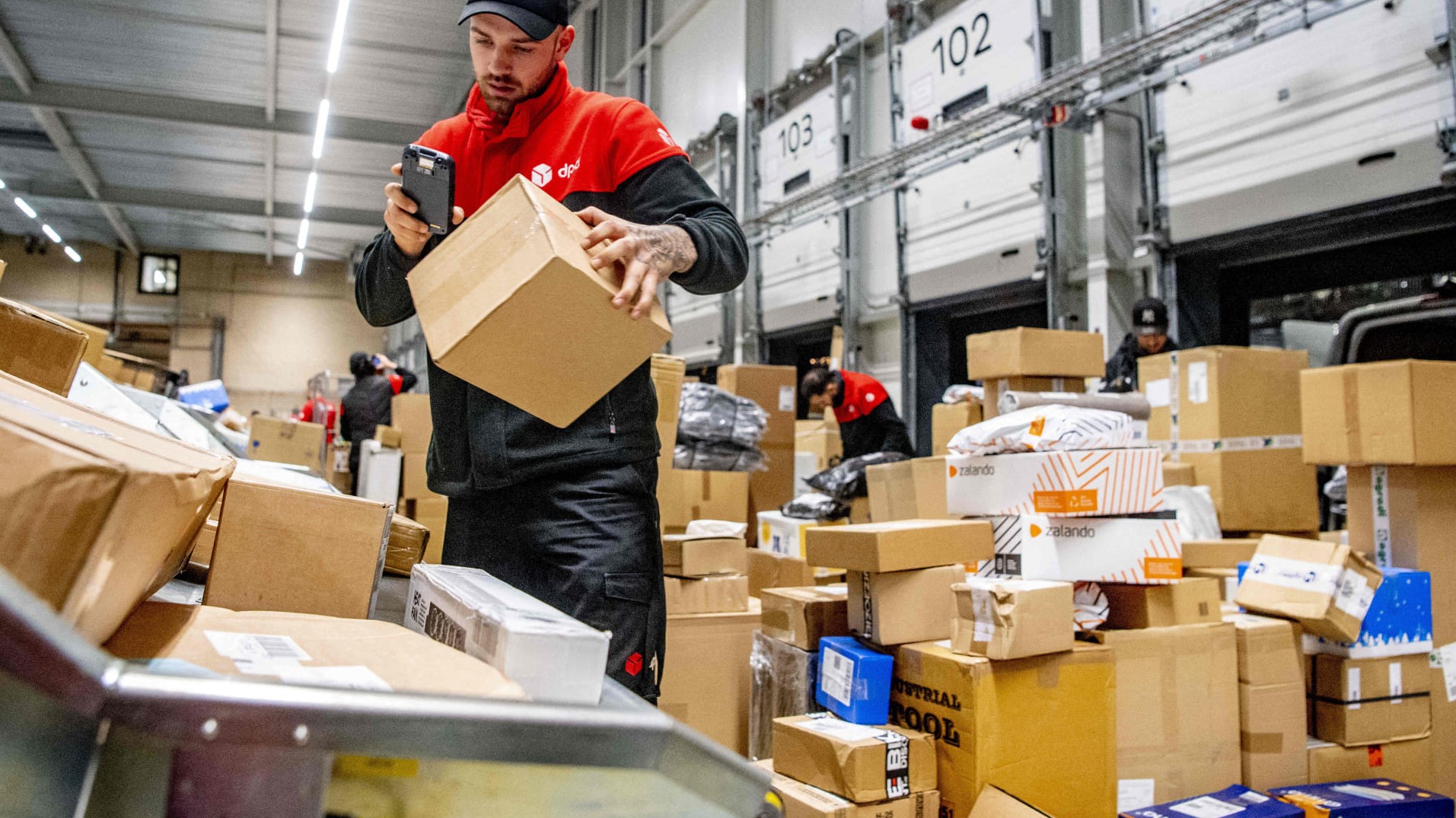Digital trade
Paperless trade powers developing countries’ access to global supply chains
Published 24 September 2024
Paper-based trade documentation and a lack of standardization have too long compounded the costs of shipping goods between countries, harming especially small businesses in developing nations. To make trade truly paperless, the UN’s Model Law on Electronic Transferable Records (MLETR), ICC’s Uniform Rules for Digital Trade Transactions (URDTT), and standardized electronic bills of lading must be adopted by the global trading community.
Trade costs have fallen globally in the past 200 years on the back of reductions in tariffs and non-tariff barriers, trade facilitation initiatives, and lower transport and communications costs. This has facilitated the rise of regional and global supply chains that have enabled companies, even in poorer East Asian countries, to supply large multinationals, increase sales, and drive economic growth and development.
Yet one important cost and barrier remains — the paper-based trade documents required at borders by government agencies, freight forwarders, and logistics providers. Many nations have yet to provide electronic documents with the same legal standing as their paper-based counterparts. Nor have they fully implemented the World Trade Organization’s Trade Facilitation Agreement, which is essential for ensuring fast border clearance processes required to operate supply chains across many countries.
Sub-Saharan Africa, South Asia, the Middle East, and North Africa are furthest behind. By 2023, countries in these regions had adopted, on average, fewer than 66% of the trade facilitation and paperless trade practices mapped by the United Nations. Eight of 14 East and Southeast Asian economies still trail developed nations in the adoption of paperless trade and trade facilitation measures.
The payoffs from paperless trade and digitization of border processes are especially beneficial for small businesses in developing nations. These businesses have limited capacity for complex and time-consuming manual paperwork and currently depend on access to supply chains and e-commerce for their growth.
Estimates suggests that global shipping costs would decrease by 18% and exports could increase by 13% a year if trade documents were digitized. Another study found that a 10% improvement in paperless trade implementation in the Asia-Pacific region would result in a 6% reduction in trade time. A digitized border process would multiply these trade gains. In Costa Rica, investments in an electronic single-window system — allowing traders to submit data to a single agency — generated US$16 in economic gains for every US$1 invested. Trade processed through the single-window system grew 1.4% more than trade subjected to the paper-based alternative.
Digitizing bills of lading would remove further friction from world trade — using paper-based bills of lading adds US$11 billion to the logistics industry’s operating costs each year. Additionally, e-invoicing would cut trade invoice management and processing times from 40 to 13 minutes.
By eliminating physical documents and storage requirements and facilitating document verification, paperless trade would also make trade procedures greener. For example, the United Nations Economic and Social Commission for Asia and the Pacific found that full digitization of trade documents could save up to 13 million metric tons of paper, equivalent to planting over a billion trees globally.
Digitized trade documents would also promote transparency in supply chains and transactions through the development of standardized datasets.
This would help authorities, as well as logistics and financial service providers, detect anomalies, and preempt duplicate invoicing and fraud. Once documents are digitized, they need to be adopted across businesses and jurisdictions. According to a recent survey by the International Chamber of Commerce and the WTO, more than 60 unevenly adopted standards are used in international trade, including for purchase orders, shipping documents, and commercial invoices.
Luckily, the digitization and standardization of trade transactions is progressing. In 2021, the Group of Seven (G7) adopted the United Nations Commission on International Trade Law’s 2017 Model Law on Electronic Transferable Records (MLETR). This legislative instrument confers legal recognition to electronic transferable records and provides electronic trade documents, such as electronic bills of lading, with the same legal standing as their paper-based counterparts.
The G7 economies are taking practical steps towards MLETR. In 2023 the United Kingdom adopted MLETR in its Electronic Trade Documents Bill. Germany, France, and Japan are working towards its adoption.
The G7’s commitment to digital trade documents is globalizing — it was endorsed by South Korea, Australia, and smaller jurisdictions like Bahrain, Abu Dhabi, Kiribati, Belize, Papua New Guinea, Peru, and Paraguay.
Singapore and Abu Dhabi carried out the world’s first MLETR-enabled transaction in November 2021. In addition, Singapore’s Infocomm Media Development Authority launched TradeTrust as a digital set of globally accepted standards and frameworks to enable the exchange of digital trade documents.
Another post-Covid digital trade milestone was in the realm of payments and trade finance. The October 2021 publication of the Uniform Rules for Digital Trade Transactions (URDTT) established a framework for participants in digital trade transactions, where electronic records are used to evidence the underlying sale and purchase of goods or services.
To transform world trade, paperless trade, MLETR, URDTT, standardized electronic bills of lading (eBL), and trade documents must be adopted by the main traders, intermediaries, and corridors covering the bulk of world trade. If adopted by the G7, Australia, the Netherlands, Belgium, South Korea, Mexico, Singapore, and China, 58% of world trade would be covered.
In many countries, MLETR adoption is in progress and could help overcome some governments and businesses’ concerns about the validity of eBLs and security and help move to a standardized global legal framework that recognizes and enforces eBLs. URDTT’s adoption is shackled by corporations’ aversion to change existing workflows and documents.
By adopting paperless and standardized trade transactions, developing countries would add to this total and significantly change their destinies in global supply chains.
Paper-based trade documentation and a lack of standardization have too long compounded the costs of shipping goods between countries. This issue is now exacerbated by mismatches in the supply and demand for shipping services and inflationary pressures in the global economy. Paperless trade and digital standards would go a long way in ensuring transparent and secure trade transactions, particularly benefiting countries where trade still involves piles of paper, stamps, and handwritten signatures.
© The Hinrich Foundation. See our website Terms and conditions for our copyright and reprint policy. All statements of fact and the views, conclusions and recommendations expressed in this publication are the sole responsibility of the author(s).






